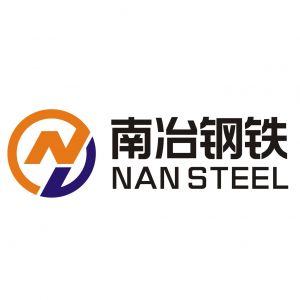Delivery length of steel tubePosted by chase Liu on August 7th, 2023 A steel pipe is a steel material with a hollow section whose length is much greater than its diameter or circumference. According to the cross-sectional shape, it is divided into circular, square, rectangular (such as a500 rectangular tube) and special-shaped steel pipes. According to the material, it is divided into carbon structural steel pipes, low alloy structural steel pipes, alloy steel pipes and composite steel pipes. According to the purpose, it is divided into steel pipes for pipelines, engineering structures, thermal equipment, petrochemical industry (octg pipe), machinery manufacturing, geological drilling, and high-pressure equipment. According to the production process, it can be divided into seamless pipe and welded steel tube. Among them, seamless steel pipe can be divided into hot rolling and cold rolling (drawing), and welded steel pipe can be divided into straight seam welded steel pipe and spiral seam welded steel pipe. The delivery length is also called the user's required length or the contract length. The standard has the following regulations on the delivery length: 1. Normal length (also known as non-fixed length): Any length within the length range specified by the standard and without fixed length requirements is called normal length. For example, the structural pipe standard stipulates: hot-rolled (extrusion, expansion) steel pipe 3000mm~12000mm; cold drawn (rolled) steel pipe 2000mm~10500mm. 2. Cut-to-length: The cut-to-length should be within the normal length range, which is a certain fixed length dimension required in the contract. However, it is impossible to cut out the absolute cut-to-length length in actual operation, so the standard stipulates the allowable positive deviation value for the cut-to-length length. Take the structural pipe standard as: The production rate of cut-to-length pipes is much lower than that of ordinary length pipes, and it is reasonable for manufacturers to ask for price increases. The price increase range varies from company to company, and generally increases by about 10% on the basis of the base price. 3. Double ruler length: The double ruler length should be within the usual length range, and the single ruler length and the multiple of the total length should be specified in the contract (for example, 3000mm×3, which is a multiple of 3000mm, and the total length is 9000mm). In actual operation, an allowable positive deviation of 20mm should be added to the total length, plus a cut allowance should be left for each single ruler length. Taking the structural pipe as an example, it is stipulated that the incision allowance should be left: 5~10mm for the outer diameter ≤ 159mm; 10~15mm for the outer diameter> 159mm. If there is no specification for the length deviation and cutting allowance in the standard, it should be negotiated by both the supplier and the buyer and indicated in the contract. The double-length length is the same as the fixed-length length, which will greatly reduce the yield of the production enterprise. Therefore, it is reasonable for the manufacturer to propose a price increase, and the price increase range is basically the same as the fixed-length length increase. 4. Range length: The range length is within the usual length range. When the user requires one of the fixed range lengths, it must be specified in the contract. For example: the usual length is 3000~12000mm, while the range length is 6000~8000mm or 8000~10000mm. It can be seen that the range length is looser than the fixed length and double length length, but it is much stricter than the usual length, which will also bring a reduction in the yield of the production enterprise. Therefore, it is reasonable for the manufacturer to raise the price, and the price increase is generally about 4% above the base price. Like it? Share it!More by this author |


